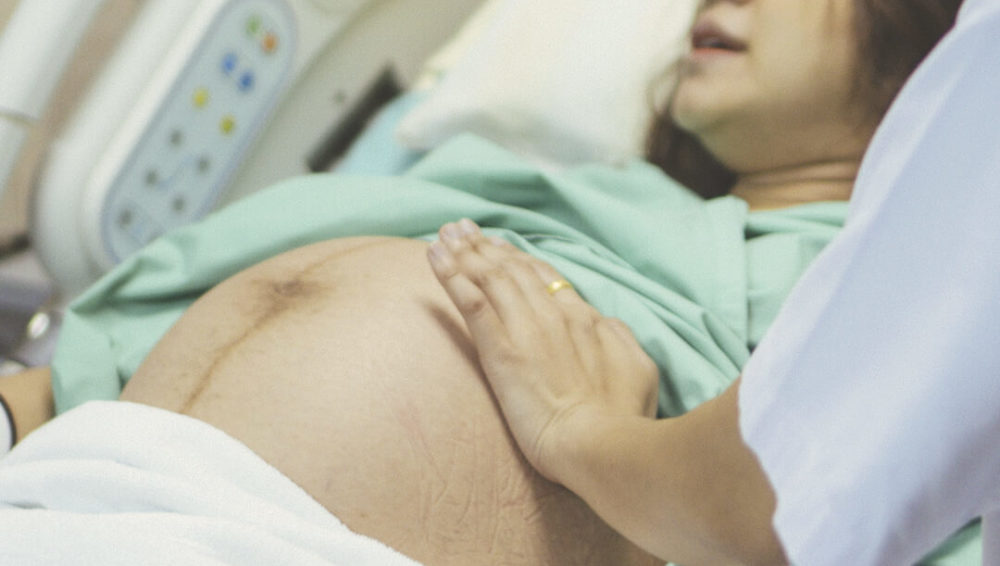Stages of labor: what happens during childbirth
Giving Birth

Each childbirth is a unique experience. The situation is always different, and there is no way to know how any particular delivery will go. But you can know the stages involved in the process of childbirth and what to expect.
There are three stages of labor:
First stage
This is the period from the onset of true labor until the cervix is completely dilated (10 cm). It is the longest stage of labor, and, for first-time moms, this stage can last from 6-36 hours. It involves three phases:
- Early labor phase: This is the period from the onset of labor until the cervix is dilated to 3 cm. It lasts about 8-12 hours, and contractions are usually mild and irregular before becoming progressively stronger and more frequent. The contractions last about 30-45 seconds and may come every 5-30 minutes. You may feel them as aches in your lower back and tightening in the pelvic area, or they may feel like menstrual cramps. When the water breaks or contractions become very regular every 5 minutes, it’s time to go to the hospital.
- Active labor phase: This phase lasts about 3-5 hours, and your cervix will dilate from 4cm to 7cm — about 1 cm per hour. Contractions are stronger, last longer, and come more frequently during this phase. They last about 45-60 seconds and occur at 3-5 minute intervals. Since contractions can get very painful, this is when many women ask for an epidural block — a numbing medicine given by injection in the back.
- Transition phase: This is the most challenging and shortest phase of the first stage. The transition phase lasts about 30 min to 2 hours, and your cervix will dilate from 8cm to 10cm. During this phase, contractions last about 60-90 seconds with a 30 second-2 minute rest in between. The contractions are long, strong, intense, and can overlap, and you might experience hot flashes, chills, nausea, vomiting, or gas.
Second stage
The second stage of labor is the period you push and deliver your baby.
It can last from 20 minutes to 2 hours. Contractions last about 45-90 seconds and occur at intervals of 3-5 minutes. At some time, you will develop a strong natural urge to push, and you will feel strong pressure at your rectum. You may have a minor bowel or urination accident. Your Child’s head will eventually become visible (crowning). When this happens, you will feel a burning, stinging sensation. The doctor may tell you to not push during crowning.
At full dilation of your cervix, Your Child’s head leads the way, and the head and torso begin to turn to face your back as they emerge.
When Your Child’s head is out, the head and shoulders will again turn to face your side, allowing the little one to easily slip out.
Third stage
This stage is the delivery of the placenta and is the shortest stage. Delivery of the placenta can last from 5 to 30 minutes.
After your baby is delivered, your doctor will be looking for small contractions to come again. These contractions signal that the placenta is breaking away from the walls of your womb and is ready to be delivered.
The doctor may apply some pressure by massaging your womb and gently pulling the umbilical cord. This results in the delivery of your placenta — also referred to as the afterbirth. You will probably experience some serious shaking and shivering after your placenta is delivered, but this is a common symptom and not a cause for concern.
When you finish delivering the placenta, the doctor might repair any damage done to your vagina. Afterward, you will be monitored for the next few hours to make sure that your uterus continues to contract and that you’re not bleeding too much.
Verified:
Dr. Wanwadee Sapmee Panyakat (OB-GYN), license no. 41208 (5 March 2019)



